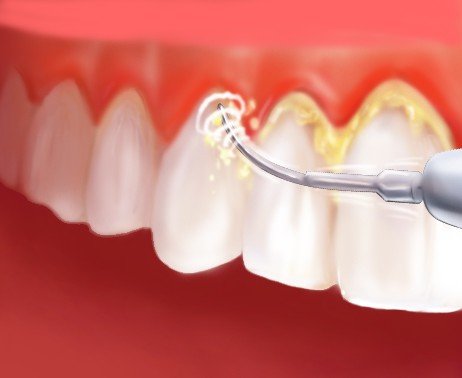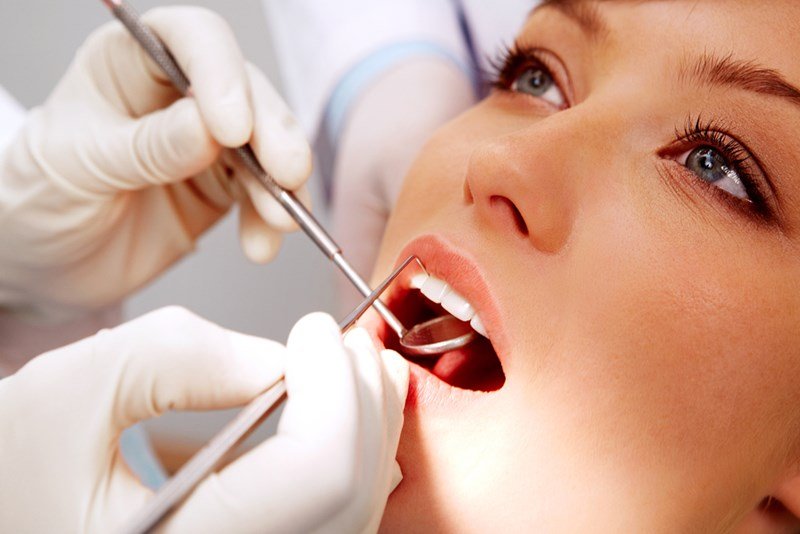Embarrassed To Show Teeth When Smiling?
Are you embarrassed to show your smile due to crooked, stained teeth, gum disease or bad breath?
Think about the following options:
1. Teeth whitening – It is a way to remove stains, bringing your teeth to a whiter color. Many dentists use in office whitening such as zoom, but there are also take home options available
2. Braces – Many people did not get orthodontic care growing up due to various factors. Now that they are adults, they may want to correct crooked teeth. Traditional braces or Invisalign are options available
3. Treatment for bad breath – No one wants to admit they have bad breath and sometimes we don’t even realize we do. The causes of bad breath can be from a variety of reasons, whether it be gum disease, tooth decay, sickness or personal habits. Each of these can be treated; if you come in for an appointment we can diagnose the best course of action, whether it be gum disease treatment, filling, root canal treatment, diet management or even to be referred to a specialist. Bad breath shouldn’t stop you from smiling anymore.
4. Veneers – Sometimes we don’t want to have to go through the whole process of braces just to close a gap and so an option to achieve a closed gap is to use porcelain veneers. Veneers can be used not only for closing a gap between teeth, but can also whiten stained or dis·col·or teeth or cover cracks, chips or serrations.
5. Regular dentist visits and teeth cleaning – The general perception of a dental visit is that the experience is painful and ends up being expensive. The thing is, the longer we leave an appointment the worse our dental hygiene becomes; meaning a higher likelihood of decay, gum disease, bad breath etc. The more regularly we visit a dentist the higher the likelihood of identifying problems early or potential problems
As can be seen, many of the things that keep us from smiling can be easily avoided or fixed. You don’t have to live in pain or discomfit as there are many options available to make you smile again. Not everybody is eligible for zoom, Invisalign, or veneers. For more information regarding your dental health, contact Expressions Dental.



